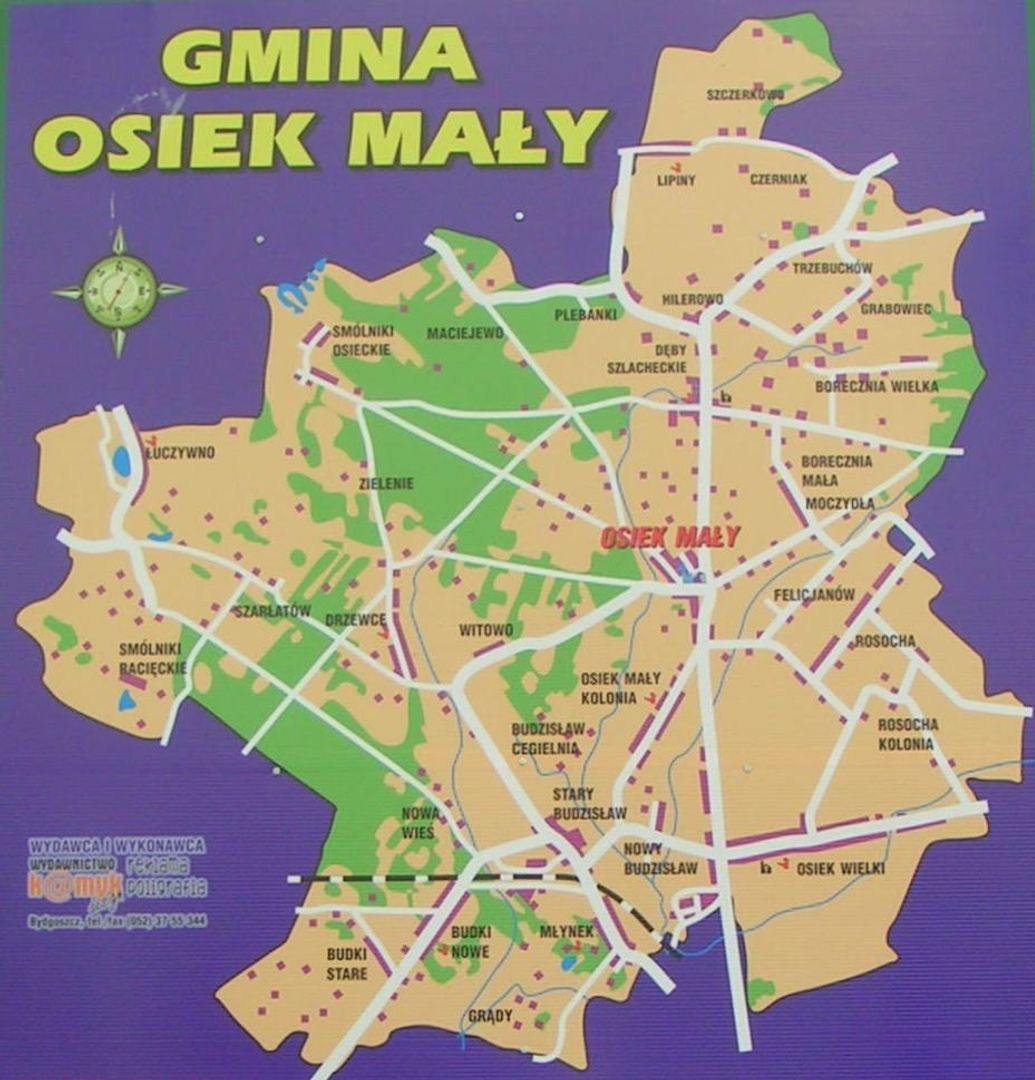Little Osiek
7.51

Overview
Osiek Mały is a rural municipality located in the Greater Poland Voivodeship, within the Koło County, with its seat in Osiek Mały. Its history dates back to the Mesolithic period, with numerous archaeological sites and significant finds from the Neolithic and Bronze Ages. In the Middle Ages, these lands were part of the Ląd Castellany, and a document from February 24, 1330, indicates that the village of Osiek Wielki was established under Magdeburg Law. Ownership and administrative changes in the region, such as transitions between private and ecclesiastical ownership, occurred over the centuries, and the municipality became part of the Konin County. In the 19th century, the Osiek Mały municipality existed as part of the Budzisław municipality, and after World War II, it was reorganized into a new municipality, with the first council session held in 1973. In the 1970s, Osiek Mały had approximately 5,700 inhabitants, and agricultural land accounted for 78% of its area, highlighting the importance of agriculture in the region. The modern municipality is characterized by two Roman Catholic parishes in Dęby Szlacheckie and Osiek Wielki, as well as a history tied to the local resistance movement during World War II. The municipality is also known for infrastructural challenges, such as unpaved roads and a lack of cultural institutions. In 2015, a new municipal coat of arms was established, reflecting the ongoing development of local identity. With its significant natural environment, rich history, and strong ties to agricultural tradition, the Osiek Mały municipality continues to play an important role in the region.
Location
2025 Wizytor | All Rights Reserved